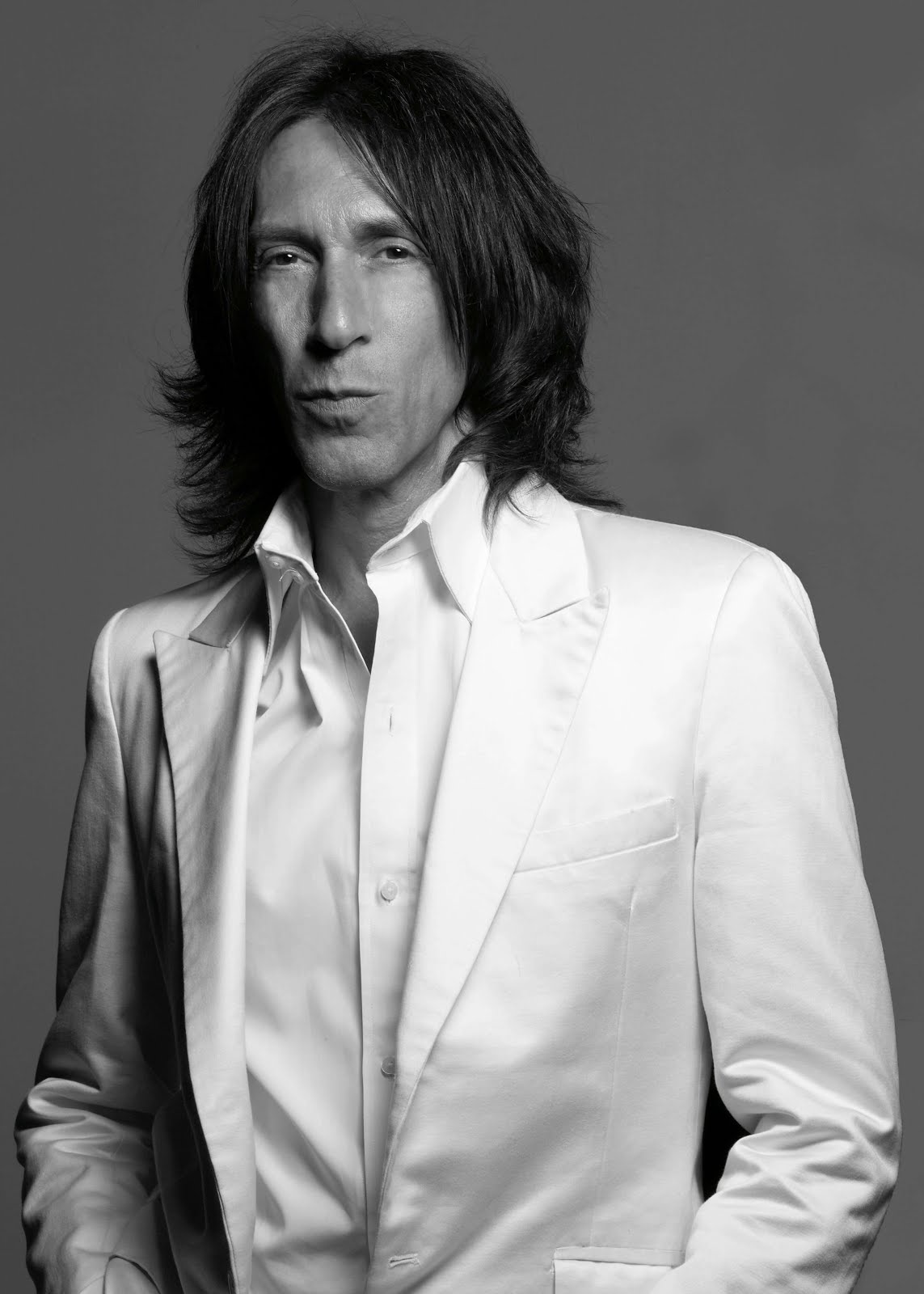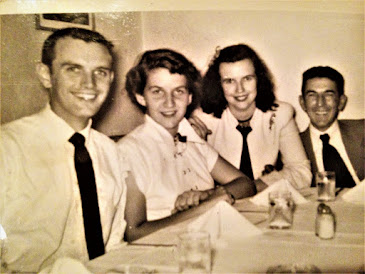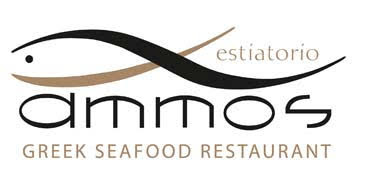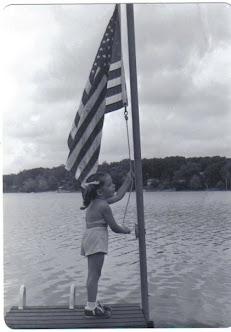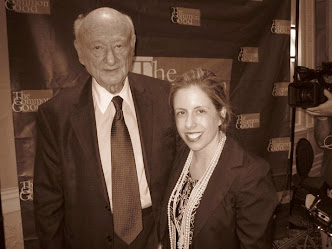#FashionAlert #FIT Peachy and the City Expedition: Fashion from the Extreme September 15, 2017–January 6, 2018 The Museum at FIT Our Coverage Sponsored by Hallak Cleaners the Couture Cleaner
John Cowan for Vogue, November 1964.
For fifty years, Hallak Cleaners the Couture Cleaner has been entrusted with Manhattan’s finest wardrobes. New York’s fashion boutiques have been recommending Hallak to their loyal customers for years. They understand the importance of quality fabric care and protecting their client’s investment. While Hallak is known for their expert handling of couture and other precious items, they also make it a point to give your more casual garments the same level of attention. Their representatives are always on the look out for the hard-to-notice stains, loose seams, missing buttons, etc. You can trust Hallak Cleaners with your entire wardrobe and then some. A sample of some of their specialized services:
Tables & Bed Linens
Suede, Leather & Furs
Couture & Casual Wear
Custom Interior Services
Expert tailoring department located at both locations.
Complimentary Pick Up and Delivery Service 6 Days a Week.
Hallak Cleaners
1232 Second Avenue (near 65th)
New York, NY 10065
If you have any questions or would like to schedule a pick up, please feel free to email us at info@hallak.com
***
The Museum at the Fashion Institute of Technology (MFIT) presents Expedition: Fashion from the Extreme (September 15–January 6, 2018), the first large-scale exhibition of high fashion influenced by clothing made for survival in the most inhospitable environments on the planet—and off of it. On view in Expedition are approximately 70 ensembles and accessories from MFIT’s permanent collection, as well as a compelling selection of objects borrowed from leading museums and private collections. These garments are presented within dramatically designed “environments” in the museum’s Special Exhibitions Gallery. Collectively, the objects and the exhibition design evoke both the beauty of extreme wildernesses—on land and sea, as well as in outer space—and the dangers these locales present to human explorers.
Interest in the natural world flourished during the Victorian era. Thanks to the pioneering works of explorers and naturalists such as Charles Darwin and the wildly popular science fiction books by Jules Verne, quests to reach the poles, the peaks of the highest mountains, the depths of the oceans, and even outer space, became increasingly popular, aspirational endeavors. Expedition: Fashion from the Extreme illustrates the ways in which select items of clothing made for survival on such journeys of discovery eventually become modern wardrobe mainstays. The parka, for example, was invented by indigenous Arctic peoples; then, during the “heroic era” of polar navigation (1890 to 1922), it was appropriated by explorers. Eventually, the parka was redesigned for sports and the military, before finally finding its way into leading fashion magazines.
Likewise tracing the progression from strictly utilitarian to fashionable, the exhibition presents an array of down-filled “puffer” coats—perfected for extreme mountain climbing—that includes opulent, highfashion versions created strictly for show. Experimental, high-tech materials, such as neoprene and Mylar, initially developed for deep sea and outer space exploration, have also made their way onto the world’s most exclusive runways and into this exhibition.
In Expedition’s introductory gallery, a diorama depicting the plains of the Serengeti serves as a backdrop for a range of safari clothing. Safaris were the first expedition destinations to be marketed specifically to the well-heeled traveler, and the clothing created for these excursions would influence fashion designers for decades. A juxtaposition of ensembles—from a circa 1916 women’s safari suit by Abercrombie and Fitch to safari-inspired tunics designed by Yves Saint Laurent during the late 1960s—illustrates the enduring popularity of early expedition wear.
The main gallery is home to the key environments of Expedition. One of these, the Arctic, is represented by a scenic design of a frozen landscape and features historical garments, such as a funerary tunic created in Siberia over 100 years ago and indigenous Arctic clothing worn by the pioneering American explorer Matthew Henson during his trek to the North Pole in 1909. This environment is enriched with luxurious modern fashions by Madame Grès, Jean Paul Gaultier, Isaac Mizrahi, and Yohji Yamamoto, plus Karl Lagerfeld’s witty faux fur ensembles for Chanel.
Two parkas by Joseph Altuzarra attest to his interest not only in indigenous Arctic clothing, but also in a mid-20th century, American military version of the garment created during the Korean War, and later adopted by counterculture groups such as the Mods and the Punks. Also included is Tommy Hilfiger’s gold-colored parka dating to the 1990s, a style that was popular among members of the hip-hop community.
Extreme mountain climbing is represented by another of the primary environments. Here, the earliest patented down-filled jacket by Eddie Bauer, dating to the 1930s, and other technologically experimental objects, stand alongside a range of fantastic and outrageous fashions, including Charles James’s 1938 masterpiece: a white silk satin, eider-down-filled evening jacket on loan from the Victoria and Albert Museum. Also included are Norma Kamali’s revolutionary “sleeping bag coat,” dating to the late 1970s, and down-filled “puffer” jackets by Junya Watanabe, and Gemna Dvesalia for Balenciaga.
The deep sea is the third environment in Expedition. A number of the fashions featured in this section refer to scuba diving and surfing, but scuba and surf outfits are beholden to the early pioneers of deep sea exploration who sought to invent materials—such as neoprene—to keep them warm in the icy ocean depths. A range of garments made with this spongy, breathable material includes menswear by Junko Koshino, Versace, and Thom Browne, as well as women’s fashions by Donna Karan, Junya Watanabe, and Ohne Titel. Karl Lagerfeld’s sequined jacket for Chanel evokes the look and lines of this diving material.
Discovery of eerily mesmerizing deep sea creatures, mainly bioluminescent animals, inspired a number of designers, including Alexander McQueen, who was also an avid scuba diver. Numerous garments from his spring 2010 collection, titled Plato’s Atlantis, were printed with abstracted images of bioluminescent jellyfish. Two stellar examples from this collection are part of the personal wardrobe of the Honorable Daphne Guinness, who is generously lending these objects to the exhibition.
The fourth and final environment of Expedition is a lunar landscape. The futuristic, astral moon setting is enlivened with an array of bright and light 1960s fashions by Parisian couturiers, such as Pierre Cardin, André Courrèges, and Paco Rabanne, and American designers, such as Betsey Johnson for Paraphernalia. Several objects with silver, shiny, reflective surfaces were made using materials inspired by Mylar, rather than actual Mylar film. Together, these fashions illustrate the impact of the Space Race between the United States and the Soviet Union that dominated the political and cultural arenas from the 1950s to the early 1970s. Later space-inspired designs by Helmut Lang and Hussein Chalayan round out this section.
The exhibition includes a video that gives visitors more information about expeditions and their cultural impact, as well as details about a number of the concepts presented. The MFIT website, too, provides supplemental information about historical figures, such as explorers Matthew Henson and Robert Peary, Edmund Hillary and Tenzing Norgay, and Sylvia Earle, whose bold and daring expeditions changed the way we view the world we live in.
Fashion’s long-term impact on the environment has been largely detrimental. It is understood that many of the objects presented in this exhibition—mainly the furs and animal products used by the fashion industry—are controversial. In no way is Expedition attempting to popularize or glamorize the often grizzly culling of furs. While it can be argued that the indigenous peoples of the Arctic maintained a balanced relationship with nature—as they only hunted and harvested enough wildlife to sustain their small, nomadic populations—the same cannot be said for contemporary western purveyors of luxury goods inspired by groups such as the Inuit.
Most scientists agree that the earth’s climate has been undergoing dramatic changes. The Arctic and its indigenous wildlife are already being directly impacted by climate change. While this phenomenon is not a primary focus of Expedition, mankind’s exploitation of natural resources is indeed an underlying aspect that is eerily, if quietly, ever-present in our collective research and findings. Whenever possible, the exhibition highlights those who are taking responsibility and working toward sustainability.
Expedition: Fashion from the Extreme is also the title of the exhibition’s companion book, to be published by Thames & Hudson. This is the first collaboration between this illustrious publishing house and The Museum at FIT. Lavishly illustrated, the book will feature approximately 150 color photographs of objects from MFIT’s permanent collection, as well as others chosen from runway shows and leading fashion magazines, and unpublished photographs of early expeditions from the archives of institutions such as the Explorer’s Club in New York.
Many of the objects and ideas presented in the exhibition will also be included, but the book will contain more in-depth analysis and historical information. The introduction describes how exploration to inhospitable environments evolved during the 19th century. Unlike earlier human treks to unknown lands—which were often commercially or politically motivated (in order to find more expedient routes to acquire coveted goods in distant lands, for example)—exploration of the North and South poles was motivated at least in part by developments in science. Charles Darwin’s seminal publication On the Origin of Species (1859) helped establish the field of evolutionary biology; that, in turn, led to the dawn of exploration mainly for academic research and investigation. Likewise, the creation of science fiction by writers such as Jules Verne glamorized and popularized the idea of extreme travel. Verne’s adventure novels, such as From the Earth to the Moon (1865) and Twenty Thousand Leagues Under the Sea (1870), may have been fiction, but they were based on his rigorous scientific research.
The main part of the book documents arduous treks in the 19th and 20th centuries to remote areas of the North and South poles and early attempts to scale Mount Everest. Clothing worn by these European pioneers included items that ranged from bespoke menswear by Savile Row tailors to innovative fur garments by the Inuit of the Arctic. Later, synthetics and other technologically experimental fabrics were engineered for these journeys, as well as for deep sea and space exploration. Their collective influence on high fashion started during the 1920s; the phenomenon culminated in the 1960s, an era that produced some of the most fantastic and outrageous garments ever made and documented.
Contributors to the book include a diverse group of curators and scholars. They are:
Patricia Mears, deputy director of The Museum at FIT, who initiated the idea of Expedition and is both a contributor to and the content editor of the book. She provides both the introduction and an essay on fashions that took their inspiration from the environments described above, with particular focus on objects inspired by mountain climbing and polar expeditions.
Lacey Flint, who documents the rich history of the pioneering organization the Explorers Club in New York City, where she works as the institution’s curator. The phenomena that led to the club’s creation and its mission are described in her essay, as are its most celebrated members, their contributions to exploration, and the significant holdings of this institution.
Sarah Pickman, doctoral candidate at Yale University and an expert in the field of exploration clothing, who documents the appropriation of Inuit clothing by some polar explorers from the mid-19th century to the 1920s. Her groundbreaking essay addresses the relationship between the indigenous peoples of this newly discovered region and the European explorers. A range of issues are addressed in this groundbreaking essay, from the practical use of furs and animal skins (and their ability to allow humans to withstand the harsh cold) to racial and cultural discrimination and exploitation.
Dr. Jonathan Faires, fashion scholar and writer based in the United Kingdom, who has begun an extensive study of fur and its connection to fashion and human consumption. Fur and fashion have had a long and controversial relationship. This brief essay addresses a few of its pivotal developments.
Ariele Elia, department coordinator, MFA Fashion Design, School of Graduate Studies, and former assistant curator of Costume and Textiles at The Museum at FIT, who writes about the impact of deep sea exploration on fashion. Topics illuminated in her essay include the influence of bioluminescent marine life on fashion photography and textile printing as well as the recent popularity of neoprene in avant-garde fashion collections.
Elizabeth Way, assistant curator of costume at The Museum at FIT, who explores the fascination with travel beyond our planet and the aesthetics that have surrounded these ideas, beginning in the late 19th century and building momentum after World War II. From the late 1950s, the Space Race between the Soviet Union and the United States captured the imaginations of fashion designers and photographers. Way discusses how the cutting-edge technology of actual space clothing influenced the craze for lunar-like fashions, dating primarily to the mid-1960s.
The Museum at FIT
The Museum at FIT, which is accredited by the American Alliance of Museums, is the only museum in New York City dedicated solely to the art of fashion. Best known for its innovative and award-winning exhibitions, the museum has a collection of more than 50,000 garments and accessories dating from the 18th century to the present. The museum’s mission is to educate and inspire diverse audiences with innovative exhibitions and projects that advance the knowledge of fashion. Visit fitnyc.edu/museum. The museum is part of the Fashion Institute of Technology (FIT), a State University of New York (SUNY) college of art, design, business, and technology that has been at the crossroads of commerce and creativity for over 70 years. With programs that blend hands-on practice and a strong grounding in theory with a broad-based liberal arts foundation, FIT offers career education in nearly 50 areas, and grants associate, bachelor’s, and master’s degrees. FIT provides students with a complete college experience at an affordable cost, a vibrant campus life in New York City, and industry-relevant preparation for rewarding careers. Visit fitnyc.edu. The Couture Council is a philanthropic membership group that helps support the exhibitions and programs of The Museum at FIT. The Couture Council Award for Artistry of Fashion is given to a selected designer at a benefit lu
(and their ability to allow humans to withstand the harsh cold) to racial and cultural
discrimination and exploitation.
The Couture Council is a philanthropic membership group that helps support the exhibitions and
programs of The Museum at FIT. The Couture Council Award for Artistry of Fashion is given to a
selected designer at a benefit luncheon held every September. For information on the Couture Council,
call 212 217.4532 or email couturecouncil@fitnyc.edu.
Museum hours: Tuesday–Friday, noon–8 pm; Saturday, 10 am–5 pm. Closed Sunday, Monday, and legal
holidays.
Admission is free.








